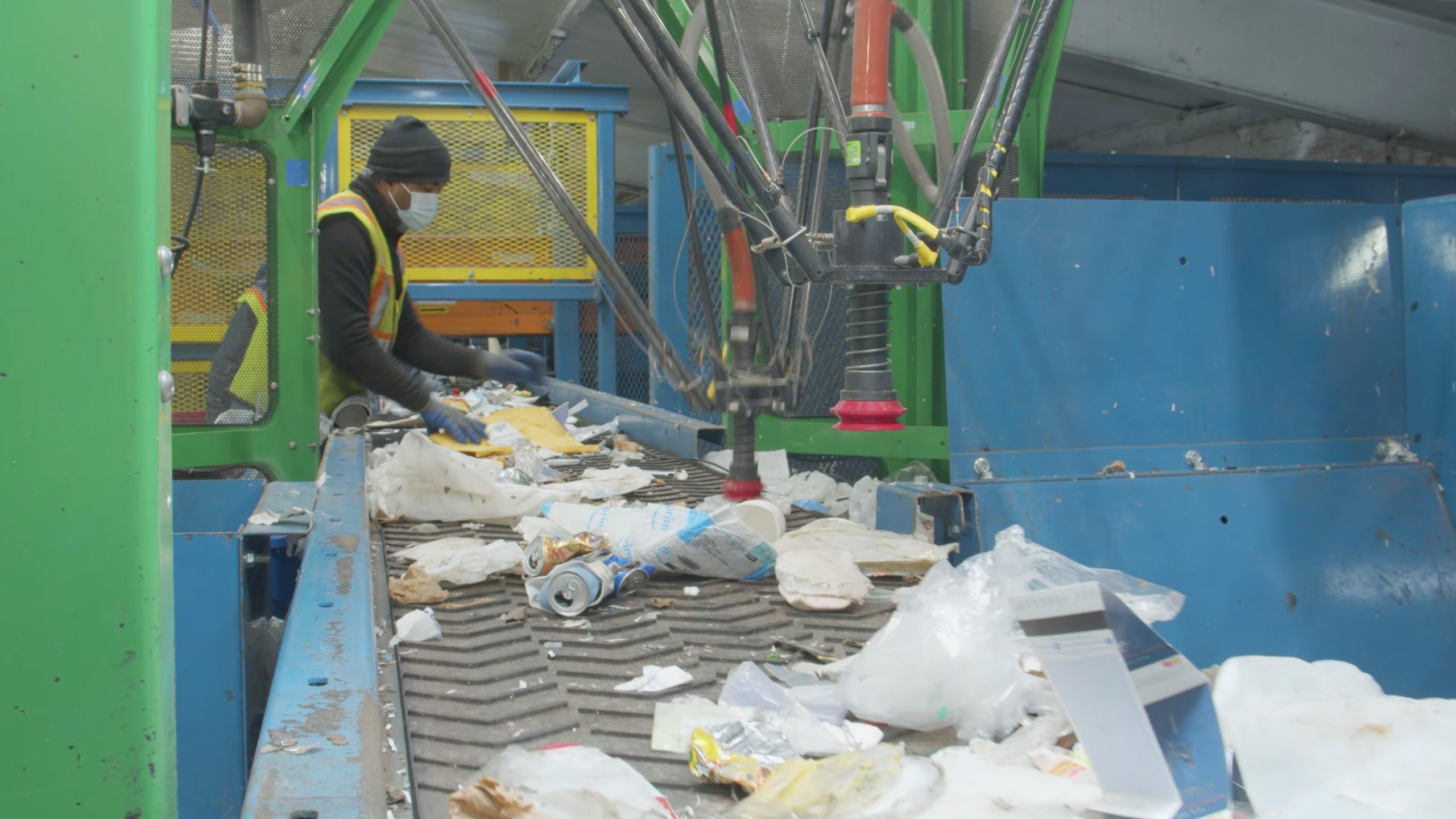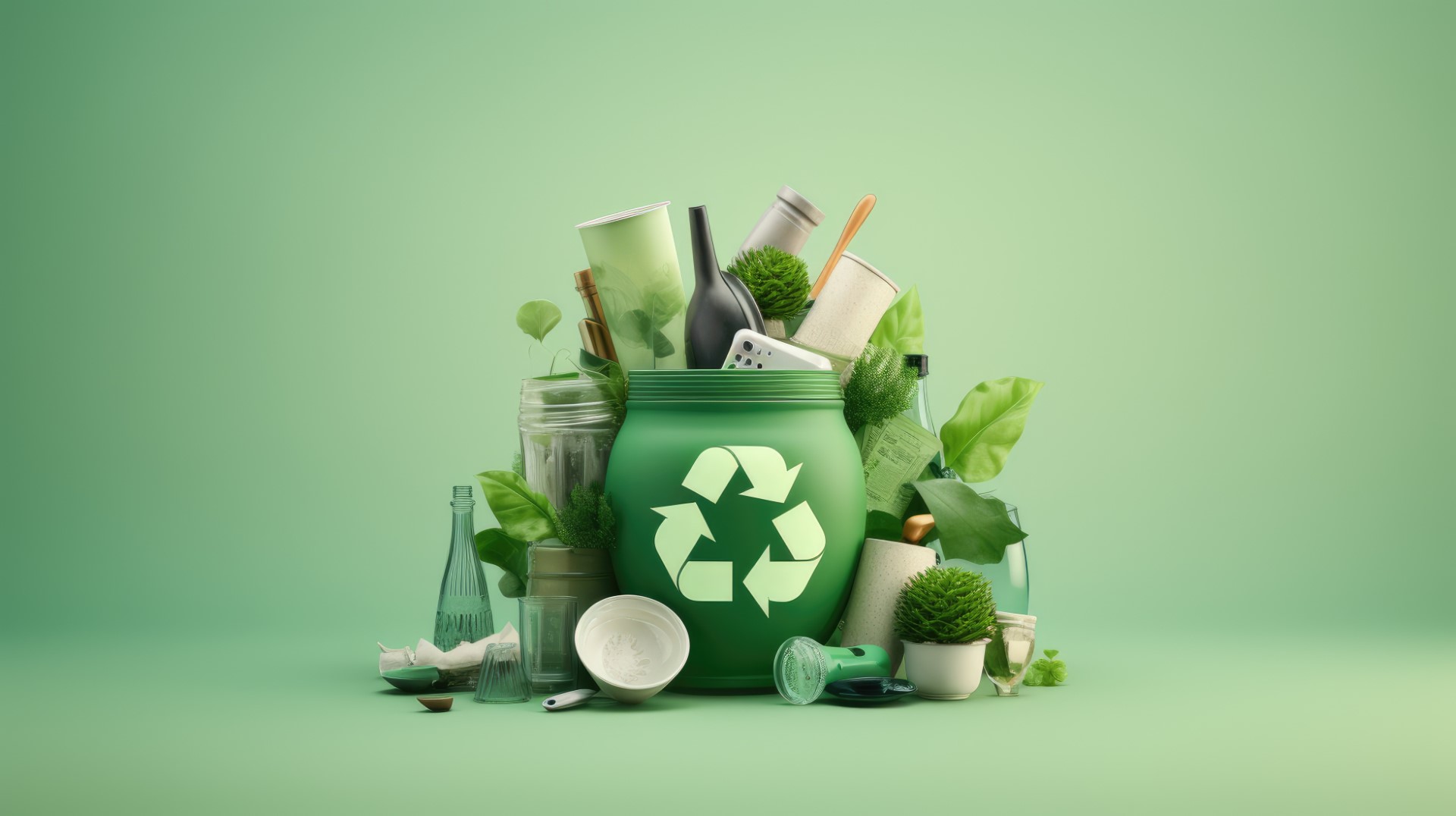Discover the Conveniences of Recycling Lives Services for Your Business
Discover the Conveniences of Recycling Lives Services for Your Business
Blog Article
Recognizing the Classification and Handling of Numerous Kinds Of Waste
Efficient waste monitoring is pivotal for environmental sustainability, requiring a detailed understanding of the category and handling of various waste kinds. Family waste, commercial byproducts, harmful materials, digital refuse, and organic residues each demand unique methods to guarantee safety and security and decrease ecological damages. Carrying out appropriate segregation, therapy, and disposal methods is important to alleviate adverse environmental influences and advertise resource preservation. The composting of natural waste contrasts sharply with the complex treatments required to handle harmful materials. This diverse technique to waste administration underscores its complexity and the important requirement for specialized knowledge in this domain name.

Family Waste
House waste, encompassing a wide selection of thrown out materials produced from day-to-day living tasks, represents a significant part of the total waste stream - recycling lives services. This classification consists of organic waste such as food scraps, backyard trimmings, and paper items, alongside inorganic materials like plastics, steels, and glass. The diverse nature of family waste requires effective category and management to minimize ecological effect and advertise lasting living techniques
Effective family waste administration begins with segregation at the source, facilitating recycling, composting, and risk-free disposal. Organic waste, for example, can be composted to generate nutrient-rich dirt modifications, reducing garbage dump problem and boosting dirt health. Recyclable materials, including paper, glass, and specific plastics, can be processed and repurposed, decreasing and conserving sources power usage related to brand-new material production.
In addition, hazardous household waste such as batteries, digital devices, and cleaning chemicals needs specialized handling to stop dirt and water contamination. Public awareness campaigns and hassle-free disposal options play critical functions in making sure proper disposal and recycling of these products. By implementing robust waste reduction strategies and cultivating area participation, communities can substantially relieve the ecological footprint of household waste.
Hazardous Waste
Hazardous waste, a significant contributor to worldwide waste generation, incorporates a varied variety of products produced by manufacturing, building, and various other commercial activities. This classification consists of by-products such as scrap metal, plastics, rubber, chemicals, and various other residues. The composition and quantity of industrial waste can differ considerably depending on the sector and production processes included. Reliable management of commercial waste is important for lessening environmental impact and advertising lasting methods.
The handling of commercial waste normally involves numerous processes: collection, partition, disposal, and treatment. Collection systems are developed to successfully gather waste materials from different sources within a commercial procedure. Partition is important, as it guarantees recyclable products are separated from non-recyclable ones, which can be directed in the direction of suitable recycling or disposal networks. Treatment procedures, consisting of physical, chemical, and organic approaches, are employed to decrease the poisoning, quantity, and ecological effect of the waste. Ultimately, disposal techniques like landfilling or incineration are utilized for waste that can not be reused or treated.
Embracing techniques such as waste reduction, resource recuperation, and recycling can dramatically reduce the burden of hazardous waste on the setting, adding to more sustainable commercial methods.
Hazardous Waste

The category of contaminated materials is commonly based upon its chemical and physical features. Toxic wastes contain harmful compounds that can trigger adverse wellness effects also at low focus. Harsh wastes can damage or destroy living tissues and products. Combustible wastes can easily ignite, posing fire threats, while responsive wastes can trigger surges or release harmful gases upon call with other substances.
Effective contaminated materials administration entails several essential techniques: identification and segregation of harmful materials, risk-free transportation and storage, and appropriate treatment and disposal. Therapy approaches might include chemical neutralization, stablizing, and incineration. Regulative conformity is essential, directed by frameworks such as the Resource Preservation and Recovery Act (RCRA) in the United States, which guarantees environmentally audio and risk-free monitoring of hazardous waste.
Electronic Waste
Digital waste, typically abbreviated as e-waste, represents a growing obstacle in waste administration due to the quick obsolescence of modern technology. This classification includes a broad series of discarded digital Learn More gadgets, including smart devices, computer systems, televisions, and house appliances. The complexity of e-waste depends on its composition; these items have a mixture of useful products such as gold and copper, in addition to dangerous compounds like lead, cadmium, and mercury.

Regulations and guidelines, such as the European Union's Waste Digital and electric Equipment (WEEE) Instruction, goal to promote responsible e-waste administration. These policies mandate producers to help with the collection and recycling of digital products, therefore reducing the worry on garbage dumps and minimizing ecological contamination.
Organic Waste
Organic waste, encompassing eco-friendly materials such as food scraps, yard trimmings, and agricultural residues, makes up a considerable part of the local strong waste stream. This type of waste is significant not only for its quantity but likewise for its possible ecological influence otherwise taken care of correctly. Organic waste can disintegrate anaerobically in garbage dumps, creating methane, a potent greenhouse gas contributing to climate change.
Correct handling of organic waste involves numerous methods. Composting is an extensively embraced method, transforming organic materials right into useful garden compost that can enhance soil and support sustainable farming. This procedure also minimizes the quantity of waste sent to landfills. One more technique is anaerobic digestion, which breaks down organic matter in the absence of oxygen, creating biogas that can be made use of as a renewable resource resource. Furthermore, diverting food waste from land fills through donation programs can ease food insecurity while reducing waste.
Municipalities and businesses are increasingly identifying the relevance of organic waste management. Implementing thorough natural waste recycling programs not only reduces ecological influences but additionally lines up with broader sustainability goals, advertising a circular economy where sources are continually recycled and repurposed.
Conclusion
Efficient waste monitoring and ecological protection necessitate an extensive understanding of the classification and handling of various waste kinds. Implementing appropriate methods for each waste kind makes sure liable and secure waste administration practices, ultimately adding to the defense of environments and public wellness.
Efficient waste management is critical for environmental sustainability, needing a comprehensive understanding of the category and handling of different waste kinds.Family waste, encompassing a wide array of official website discarded products generated from daily living activities, stands for a significant part of the general waste stream.Industrial waste, a significant factor to international waste generation, encompasses a diverse variety check these guys out of products generated by manufacturing, building and construction, and other industrial activities (recycling lives services).Dangerous waste, an essential worry in waste monitoring, makes up products that pose considerable risks to human health and wellness and the setting due to their toxic, harsh, flammable, or reactive residential properties.Organic waste, incorporating biodegradable materials such as food scraps, lawn trimmings, and agricultural residues, constitutes a considerable part of the community solid waste stream
Report this page